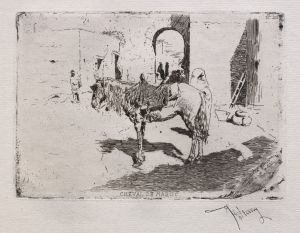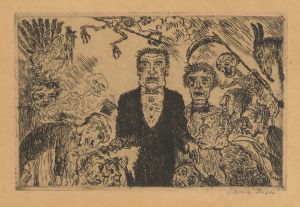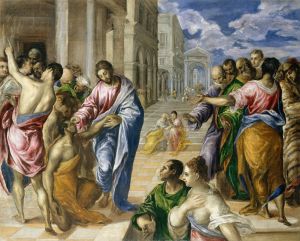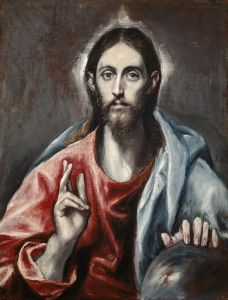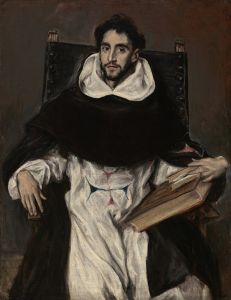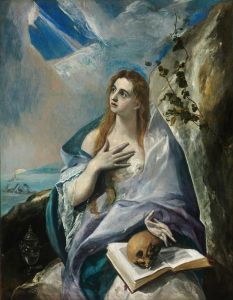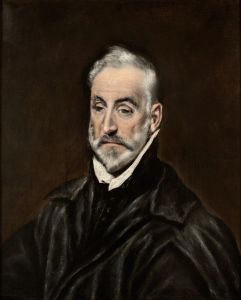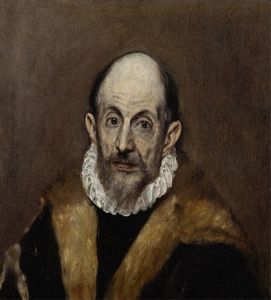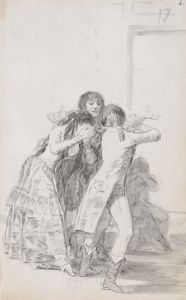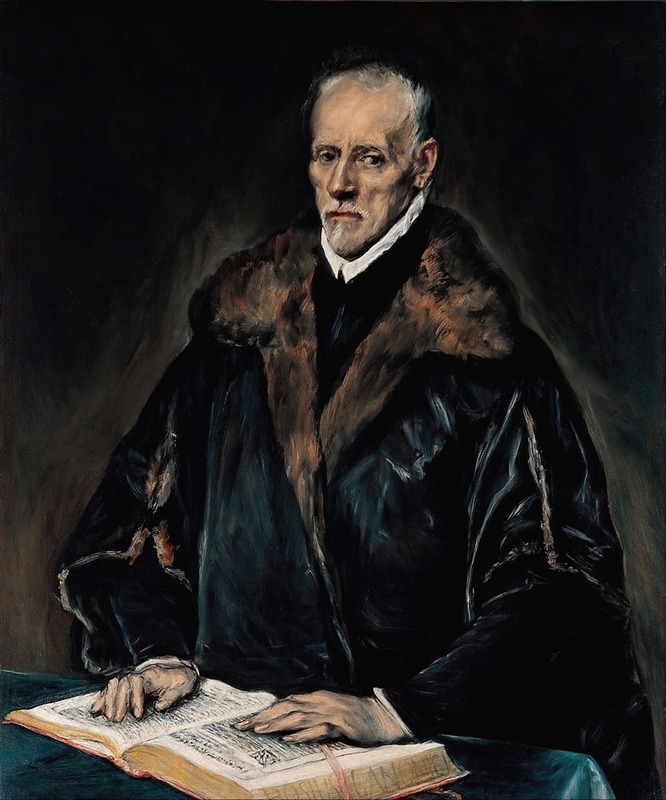
Portrait of Dr. Francisco de Pisa
A hand-painted replica of El Greco (Domenikos Theotokopoulos)’s masterpiece Portrait of Dr. Francisco de Pisa, meticulously crafted by professional artists to capture the true essence of the original. Each piece is created with museum-quality canvas and rare mineral pigments, carefully painted by experienced artists with delicate brushstrokes and rich, layered colors to perfectly recreate the texture of the original artwork. Unlike machine-printed reproductions, this hand-painted version brings the painting to life, infused with the artist’s emotions and skill in every stroke. Whether for personal collection or home decoration, it instantly elevates the artistic atmosphere of any space.
The Portrait of Dr. Francisco de Pisa is an oil painting attributed to the renowned artist El Greco, whose real name was Domenikos Theotokopoulos. El Greco, originally from Crete, was a prominent figure of the Spanish Renaissance, known for his distinctive style that combined elements of Byzantine traditions with Western painting techniques. This portrait is believed to have been painted during El Greco's time in Toledo, Spain, where he spent the majority of his career.
Dr. Francisco de Pisa was a theologian and historian based in Toledo. He is known for his work Descriptio de la ciudad de Toledo, a detailed description of the city, which was published in 1605. The portrait is thought to have been commissioned to honor Dr. de Pisa's contributions to the intellectual and cultural life of Toledo. The exact date of the painting is not definitively established, but it is generally placed within the late 16th or early 17th century, aligning with El Greco's mature period.
The painting exemplifies El Greco's unique approach to portraiture, characterized by elongated forms, expressive features, and a focus on the psychological depth of the sitter. Dr. de Pisa is depicted with a serious and contemplative expression, reflecting his scholarly nature. The use of light and shadow in the portrait highlights the sitter's face and hands, drawing attention to his intellectual presence. The background is typically dark and plain, a common feature in El Greco's portraits, which serves to emphasize the figure without distraction.
As with many of El Greco's works, the Portrait of Dr. Francisco de Pisa demonstrates the artist's ability to convey both the physical likeness and the inner character of his subjects. The painting is also notable for its meticulous attention to detail, particularly in the rendering of the sitter's clothing, which reflects his status and profession.
The current location of the painting is not definitively documented, and its provenance has not been extensively studied. However, it is recognized as an important example of El Greco's portraiture and his connection to the intellectual elite of Toledo. The work contributes to our understanding of the artist's role in Spanish society and his ability to capture the essence of his subjects.
This portrait remains a testament to El Greco's skill as a portraitist and his ability to merge artistic innovation with the cultural and intellectual currents of his time.







